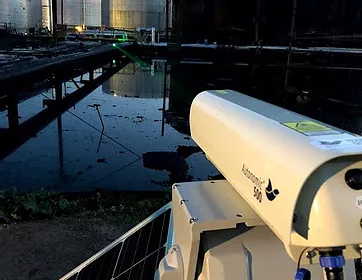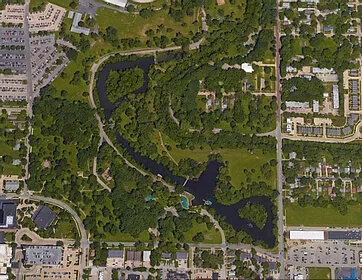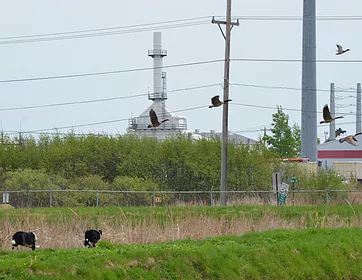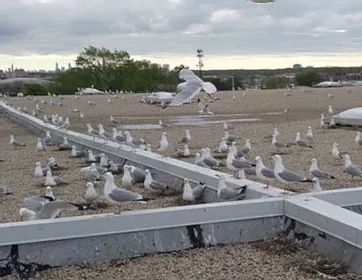Wildlife Management & Consulting
The presence of wildlife around energy, refining, and industrial facilities can be detrimental to both the wildlife as well as the facilities and its employees. Proactively minimizing the amount of wildlife around facilities will reduce the risk of exposure during a release incident as well as reduce emergency wildlife response costs during and after incidents that may occur.
Additionally, wildlife, particularly bird species can cause extensive damage to facilities as well as pose a human health risk due to droppings and aggressive behavior. Bird droppings are extremely corrosive and over time will damage and significantly shorten the lifespan of mechanical equipment and building structures. Droppings also contain numerous pathogens that can create a disease risk to employees working near equipment contaminated by large bird populations. Lastly, many bird species can be very territorial during nesting season and may become aggressive, resulting in the risk of physical injury to employees operating near nesting areas.
There are many proactive measures available to reduce wildlife populations in and around energy, refining, and industrial facilities that can be implemented to minimize the associated risks.


Wildlife Management
Exclusion
Structural exclusion systems consist of a variety of site specific, physical barriers that prevent birds from accessing specific structures for nesting, roosting, or perching. These systems are custom designed based on an assessment of the site, species, and behavior to successfully exclude birds without impeding the function, use, and safety of the structure. Click Here for more information on the exclusion techniques and products available.
Deterrents
Wildlife and bird deterrents are systems implemented to reduce the habitability of an area for wildlife populations. Wildlife is attracted to certain sites for the presence of food, water, and safety. By utilizing deterrent systems to change the availability of one or more of these needs, we can minimize the presence of a variety of wildlife populations. These systems may include landscape changes, frightening devices including lasers, and biological deterrents such as canine patrols .
Population Management
When wildlife populations are firmly established in unbalanced numbers, reduction programs may need to be implemented. With proper state and federal permitting as needed, nest and egg removal can be conducted as well as trapping and removal programs to knock down the existing populations and reduce the presence of potentially aggressive individuals.


Wildlife Consulting
Management Plans
A written wildlife assessment and management plan enables clients to prioritize needs and allocate resources in an efficient and effective manner. Our plans include site surveys completed by staff biologists and structural engineers, data analysis and reporting, detailed reports of the potential conflicts with possible solutions, site specific integrated program designs, and program roll-out assistance. Long term cost-effective wildlife management is efficiently attainable with a comprehensive plan in place.
Training
Many of the wildlife management methods and techniques can be implemented in-house with existing staff with qualified training. Our staff of biologists and wildlife management technicians can provide detailed, hands-on training to select staff members in order to implement a management plan within an identified site in order to reduce wildlife risks in a cost-effective manner.
Response Plans
Should an incident occur, having a detailed and comprehensive emergency wildlife response plan in place is critical to ensure smooth operations and reduce costs created by knee-jerk reactions. Our response plans are site-specific and include everything from facility development and animal capture and care to community relations and report writing.
Contact us for your wildlife planning and training needs
